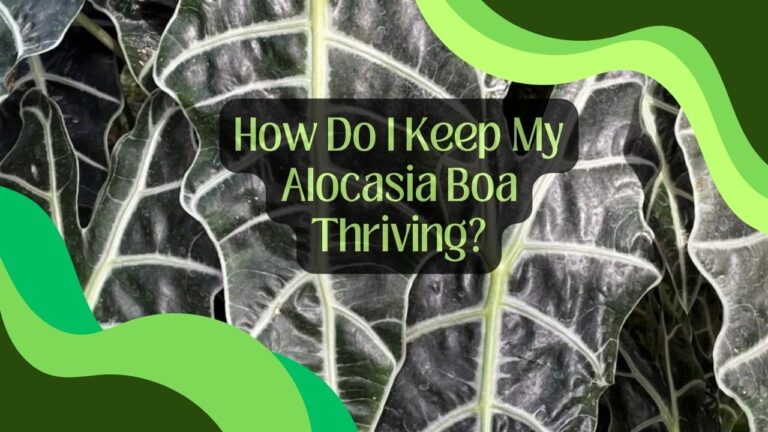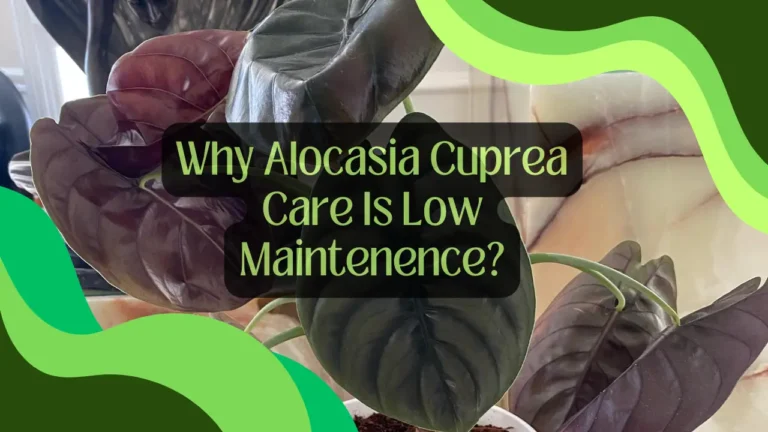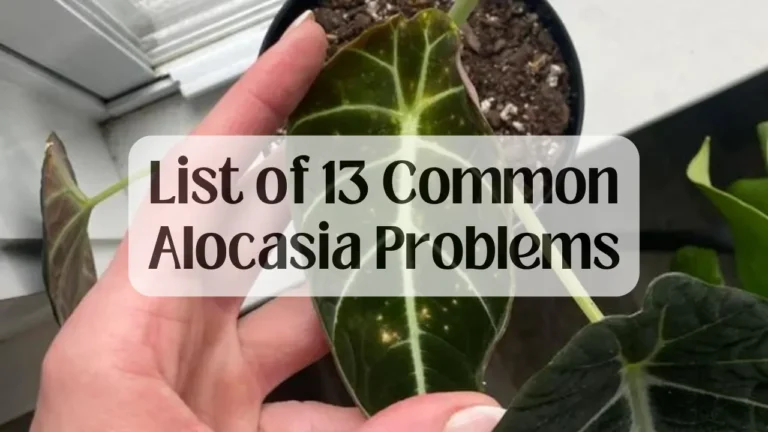Is Alocasia Poisonous? Yes, Be Alarmed Of This 6 Symptoms!
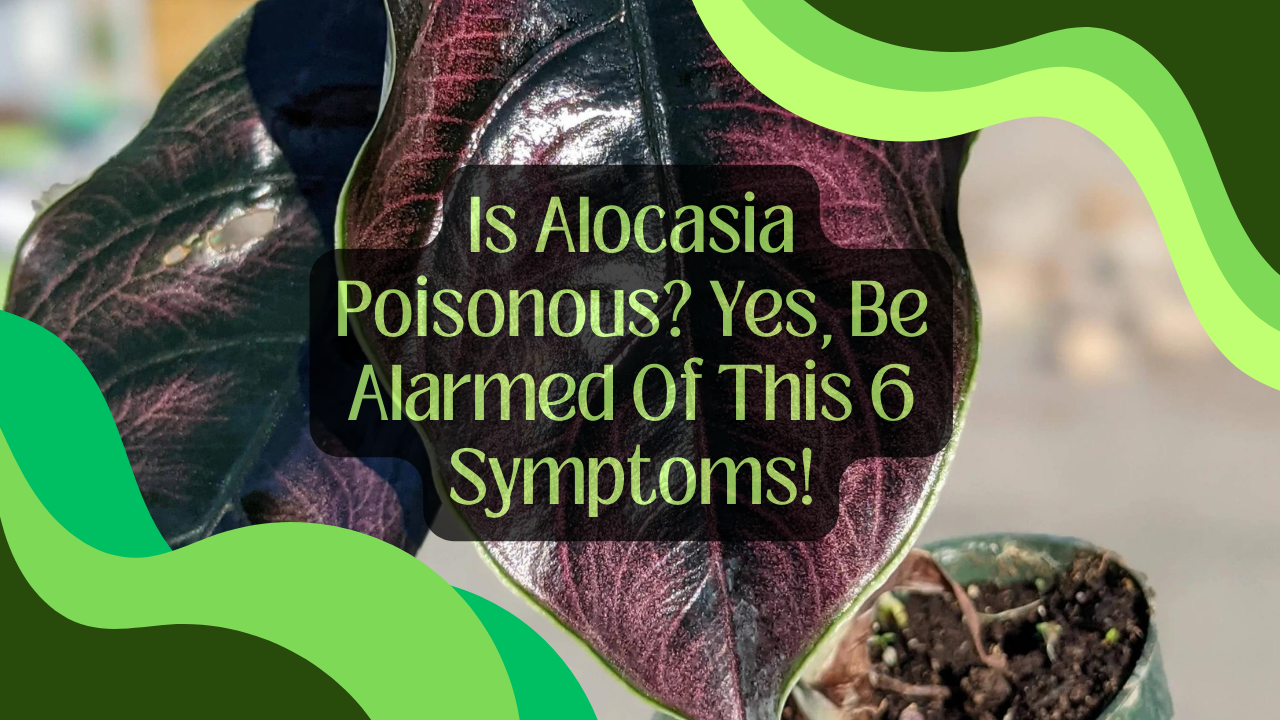
Alocasia plants are undoubtedly one of the most stunning houseplants you can own. But their tropical jungle origins also mean they come packed with defense mechanisms, including toxic crystals and irritants. So while an Alocasia would look incredible in your home, is it actually safe to own one?
Is Alocasia Poisonous? Yes, indeed! It has harmful chemicals such as calcium oxalate, Asparagine, and other oxalic acidic variants. It can cause skin irritation, and kidney problems to both human and pet animals.
In this complete guide, we will cover everything you need to know about the risks of Alocasia plants, how to safely live alongside one in your home, and what to do if you suspect your pet has eaten part of the plant.
Table of Contents
What Makes Alocasia Plants Toxic?
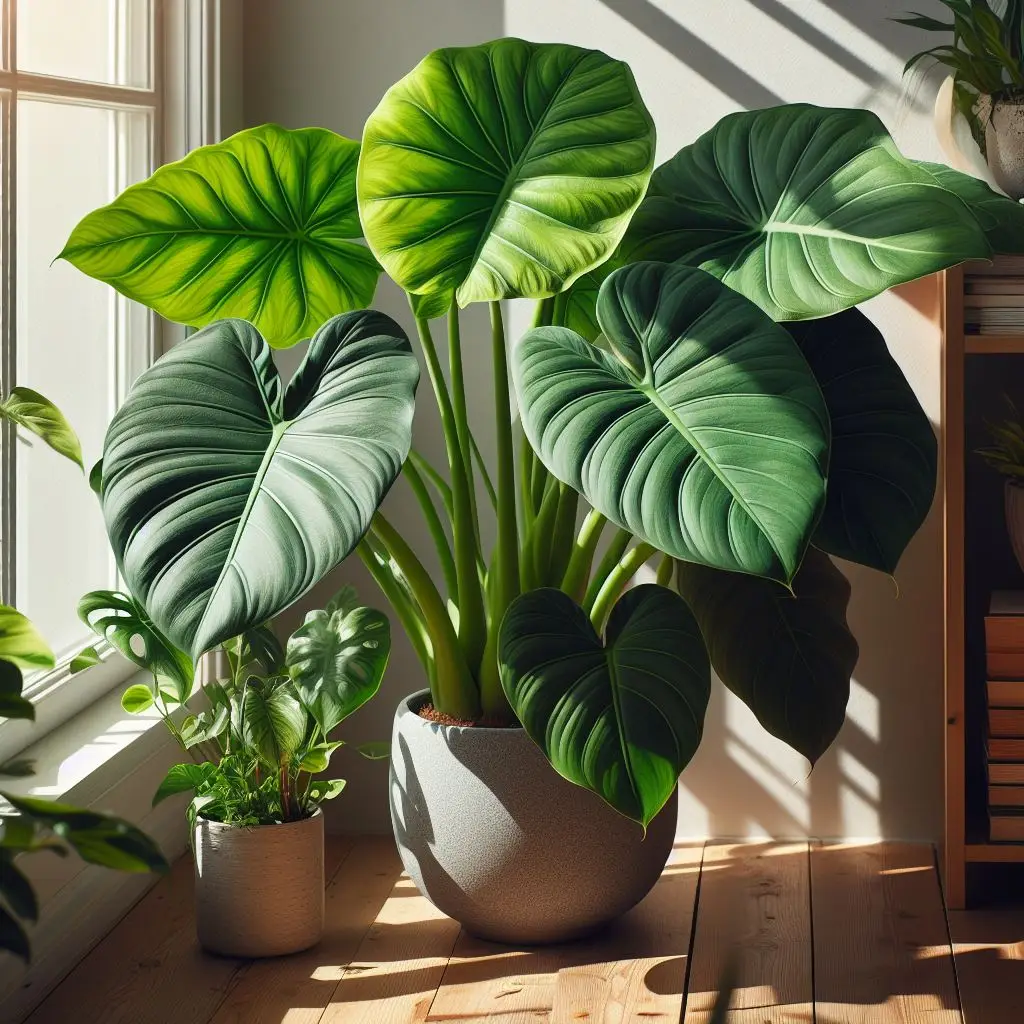
All parts of an Alocasia plant contain calcium oxalate crystals. These crystals are needle-shaped and very irritating and poisonous to both humans and animals if ingested. So, is Alocasia Poisonous to dogs, cats, and other pet animals? The answer is sadly yes!
As well as calcium oxalate, Alocasias also contain other toxic compounds including –
- Asparagine – causes nausea and vomiting
- Oxalic acid – causes swelling, burning pain, and injury
These compounds can cause a seriously painful reaction if the plant is eaten. Even the sap within the plant and the water you use to care for it can hold toxins. Therefore, you need to take care even when simply handling the plant.
6 Major Symptoms of Alocasia Poisoning
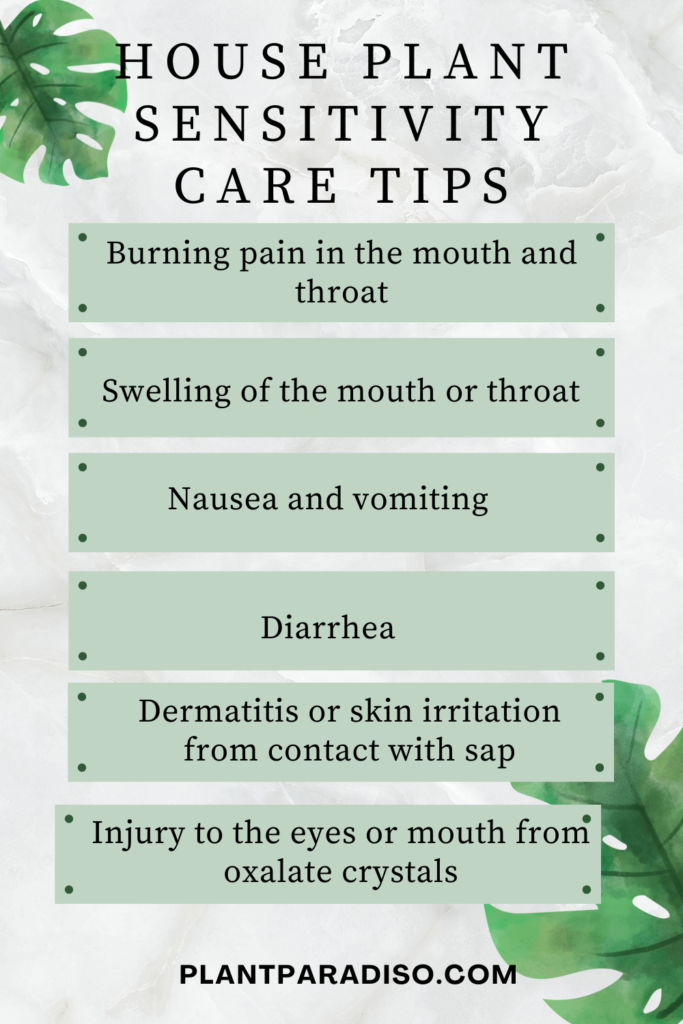
If a human or animal ingests part of an Alocasia plant, they are likely to experience the following symptoms:
- Burning pain in the mouth and throat
- Swelling of the mouth or throat
- Nausea and vomiting
- Diarrhea
- Dermatitis or skin irritation from contact with sap
- Injury to the eyes or mouth from oxalate crystals
Pets are most at risk of eye injuries from exposure to Alocasia as the oxalate crystals can become embedded in eye tissue causing significant damage and pain.
In rare cases, kidney failure is also possible in animals that ingest large amounts of the plant.
Is It Safe To Have An Alocasia At Home?
A very good question. If it’s a toxic plant, is it safe just to keep a room having an aesthetic appeal? See, Alocasias are toxic, but they can be safely kept in a home as long as some precautions are taken. Relaxed, haa?
Let’s see what are those precautions.
Keep Out of Reach of Children and Pets
This is the most important thing you can do. Place your Alocasia somewhere totally out of reach, such as on a high shelf or in a hanging basket. Make sure pets, especially curious cats, have no way of accessing the plant.
Wear Gloves When Handling
Always wear gloves when you need to handle your Alocasia. This prevents the sap from contacting your skin and causing irritation. Dispose of the gloves carefully after use.
Wash Hands After Touching
If you do happen to touch the plant with bare hands, immediately wash your hands well with soap and water. Be very careful not to touch your eyes or mouth before washing up.
Avoid Reusing Water
Don’t reuse the water you use for watering your Alocasia. The toxins can leach into the water so dispose of it down the drain after use.
Supervise Children Around The Plant
If you have an Alocasia in a common area, don’t allow young children near it unsupervised. Teach older children not to touch the plant and explain it can cause significant pain if eaten.
Recommended articles:
What To Do If Your Pet Eats An Alocasia?

If you notice your pet has eaten part of your Alocasia plant, immediate action is vital.
Contact Your Vet Straight Away
Don’t wait to see if symptoms develop, contact your vet promptly. The quicker treatment begins, the better the outcome for your pet.
Take The Plant For Identification
Bring part of the plant with you to the vet. This helps them positively identify it and choose the right course of treatment.
Induce Vomiting If Instructed
Your vet may advise you to induce vomiting before bringing your pet in. Only do this if specifically told to by your vet.
Avoid Home Remedies
While you may find suggested home remedies online, these can potentially make the situation worse so should always be avoided. Let your vet decide the right course of treatment.
Expect IV Fluids and Pain Relief
Most pets will likely need to stay at the vet clinic on IV fluids and pain medication. Full recovery can take several days. However, please remember, this isn’t a sure shot. This is been said after analyzing a few cases. A vet consultation is required for any sort of medication.
How To Keep Pets Away From Alocasia Safely
Prevention is always better than cure when it comes to pet safety. Here are some tips for keeping your furry friends away from your toxic plant.
Keep It Totally Out of Reach
This may mean keeping it in a room pets don’t have access to or up high on a shelf or hanging where they can’t get to it.
Surround With Other Objects
Creating a crowded cluster around the plant can deter curious cats from approaching. They dislike jumping into tight spaces.
Use Bitter Sprays
You can find commercial bitter sprays designed to stop pets from chewing houseplants. Apply these to the leaves.
Remove Falling Leaves Quickly
Don’t allow chewed or damaged leaves to fall to the ground where pets could eat them. Remove any fallen leaves immediately.
Supervise Initially
When first introducing an Alocasia, supervise your pets around it until you’re sure they don’t pay it any attention.
Putting everything in a nutshell, practicing precautions properly will keep your pet safe from Alocasia poisoning. Just be sure to place it well out of reach and educate children not to touch the plant. Follow these guidelines and you’ll be able to enjoy the tropical jungle vibes an Alocasia brings without any risk.
FAQs
To acknowledge you a little more, here are a bunch of Q&A collected from the internet.
Q: Can touching an Alocasia hurt me?
Contact with the plant sap can cause skin irritation, rashes, and dermatitis in some people. Wearing gloves when handling the plant prevents this reaction. If the sap gets on your skin, wash it off right away.
Q: Are all Alocasia varieties toxic?
Yes, all varieties and hybrids of Alocasia contain the same toxic oxalates and irritants. Popular varieties like Alocasia Amazonica (African mask), Alocasia Zebrina, and Alocasia Stingray all pose the same risk.
Q: How do I make an Alocasia less toxic?
Unfortunately, there is nothing you can do to make an Alocasia plant non-toxic. The oxalates and irritants are naturally occurring in the plant. Proper handling and placement are key.
Conclusion
While their stunning tropical looks may tempt you, Alocasias aren’t a houseplant to take lightly. But plant parents and pet owners alike can safely enjoy these jungle gems by taking necessary deals. Just keep your Alocasia away from curious cats and little hands. Plus, wear your gardening gloves, and ensure you and your vet are on speed dial in case of any mishaps.
Follow these simple tips and you can sit back and enjoy those breathtaking leaves without any drama. Your Alocasia will be the envy of your plant parent friends in no time!

